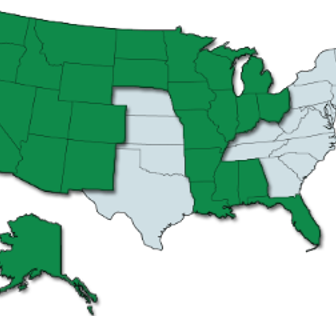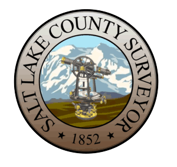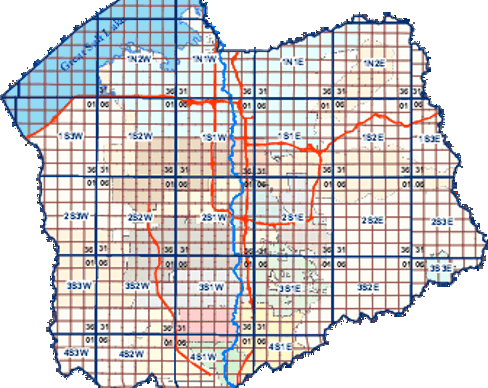History of the Public Land Survey System

Originally proposed by Thomas Jefferson, the PLSS began shortly after the Revolutionary War, when the Federal government became responsible for large areas west of the thirteen original colonies. The government wished both to distribute land to Revolutionary War soldiers in reward for their service, as well as to sell land as a way of raising money for the nation. Before this could happen, the land needed to be surveyed.
The Land Ordinance of 1785 which provided for the systematic survey and monumentation of public domain lands, and the Northwest Ordinance of 1787 which established a rectangular survey system designed to facilitate the transfer of Federal lands to private citizens, were the beginning of the PLSS. Under Congressional mandate, cadastral surveys (surveys of the boundaries of land parcels) of public lands were undertaken to create parcels suitable for disposal by the Government. The extension of the rectangular system of surveys over the public domain has been in progress since 1785, and, where it applies, the PLSS forms the basis for most land transfers and ownership today. The Manual of Instructions for the Survey of the Public Lands Of The United States, 1973 documents current official procedures for PLSS surveys.
Certain lands were excluded from the public domain and were not subject to survey and disposal. These lands include the beds of navigable bodies of water, national installations such as military reservations and national parks, and areas such as land grants that had already passed to private ownership prior to subdivision by the Government. France, Spain, and Mexico all conferred land grants in territory they claimed; many of these grants were confirmed by the U.S Government when the territory in which they were situated was acquired by the United States, and the land was then excluded from the public domain.

